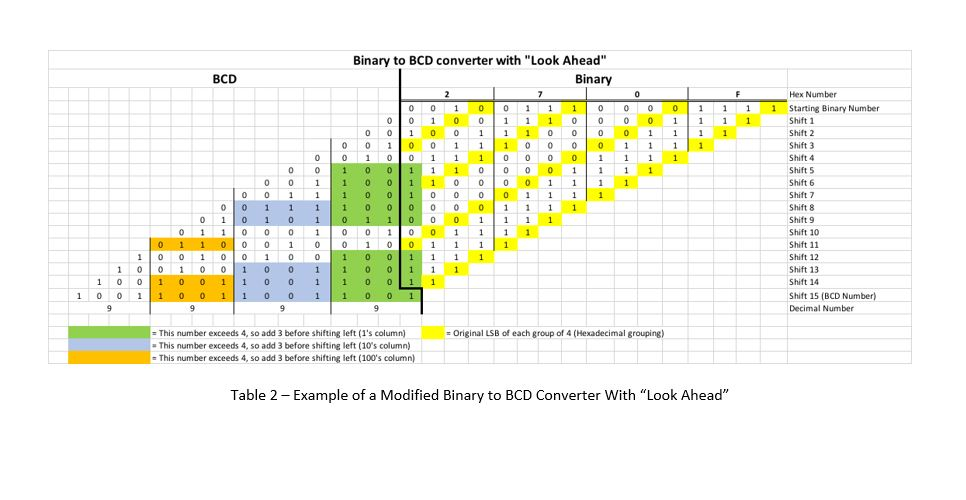
Look Converter 1 0 Code Sets Are
2022 codes became effective on Octo.Convert the decimal number 84 10 to binary. The 2022 ICD-10-CM/PCS code sets are now fully loaded on ICD10Data.com. ICD10Data.com is a free reference website designed for the fast lookup of all current American ICD-10-CM (diagnosis) and ICD-10-PCS (procedure) medical billing codes. The Web's Free 2022 ICD-10-CM/PCS Medical Coding Reference.
Main features: - Save a neutral filter as a JPG-image to your computer. Look down the decimal column until you find 0.875, then read to the left to find 7/8 inches or move to the right column to find the mm valueThe Look Converter lets you create filters as well as copy them from other applications and convert them into the 3D LUT formats. Example 2 Convert 0.875 decimal inches to inches (fraction form). 1 in 3, 0.33, 33, 333 out of 1,000.Example 1 Convert 1 1/32' to mm: Find 1 1/32 and read to the right under mm column You will find 26.1938. 1 in 2, 0.50, 50, 500 out of 1,000. 1 in 1, 1.00, 100, 1,000 out of 1,000.
20 < 32, so there is a 0 in the 32's column. 84 ≥ 64, so there is a 1 in the 64's column, leaving 84 − 64 = 20. We can do this starting at either the left or the right column.Working from the left, start with the largest power of 2 less than or equal to the number (in this case, 64).
The remainder goes in each column. Putting this all together, 84 10 = 1010100 2.Working from the right, repeatedly divide the number by 2. Thus there must be 0's in the 2's and 1's column. 4 ≥ 4, so there is a 1 in the 4's column, leaving 4 − 4 = 0. 4 < 8, so there is a 0 in the 8's column.
10/2 = 5, so 0 goes in the 8's column. 21/2 = 10 with a remainder of 1 going in the 4's column. 42/2 = 21, so 0 goes in the 2's column.
Again, 84 10 = 1010100 2.Robert J. Finally 1/2 = 0 with a remainder of 1 going in the 64's column. 2/2 = 1, so 0 goes in the 32's column.
Most modern computers also have 8 bits in a byte. The term octet is used to describe a unit of 8 bits. A single binary digit (0 or 1) is called a bit. Even if a computer is showing you decimal numbers, it is merely a translation of the binary numbers inside the machine. This is because a computer only recognizes two states: the presence or absence of an electrical charge. The binary numbering system uses two values, 0 and 1, to represent numbers.
Karnaugh maps for three variablesThe columns and rows are allocated in the way shown so that two adjacent columns are always associated with the true value of a variable or, alternatively, its complement. This makes it easier for humans to read or write large numbers in hexadecimal rather than binary format.Figure 3.6. The hexadecimal system is useful because a byte (8 bits) of binary data can be represented using just two hexadecimal digits. The term nibble is equal to half a byte and is therefore 4 bits, in most cases.Hexadecimal is base16 and therefore uses 16 values (0, 1, 2, 3, 4, 5, 6, 7, 8, 9, A, B, C, D, E, F) to represent numbers.
Table 4 also shows the computation time required to reach the optimal generation. The algorithms need more number of generations for local search near the global optima. An alternative method of labelling the axes of a 3-variable K-map is shown in Figure 3.6(b), which makes clear that two adjacent columns are always associated with either the true value or the complement of a variable.A Values less than 10 - 4 have been displayed as 0.0000.Table 4 reveals that, except the BFO, the other five algorithms perform approximately similar with respect to optimal fitness with very low values of standard deviation. The reason for this is that the underlying principle of the K-map is that in moving from one cell to an adjacent cell either vertically or horizontally, the value of one (and only one) Boolean variable may change, and of course similarly Gray codes must change by just one digit only at each step. Note, however, that the column labels along the top of the K-map are the same as the Gray code order for two binary variables (see section 1.21). The reason for allocating the variables to the columns in this way will be clearer when the procedure for minimisation of a Boolean function is discussed later in this chapter.




 0 kommentar(er)
0 kommentar(er)
